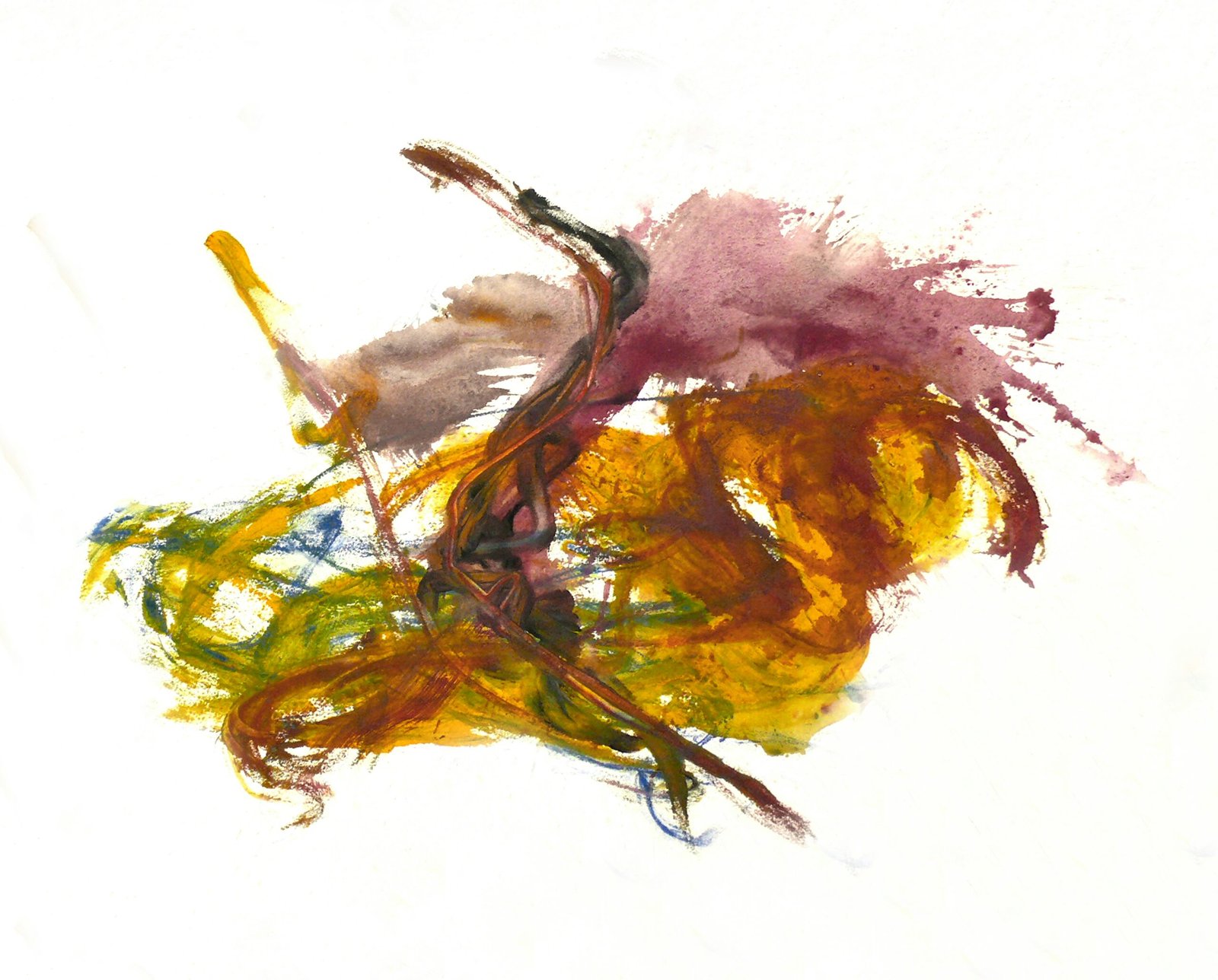Understanding the Color Wheel
The color wheel is an essential tool for anyone looking to enhance their style through effective color mixing. At its core, the color wheel is a circular diagram that illustrates the relationships between different colors. It commonly categorizes colors into three main types: primary, secondary, and tertiary colors. The primary colors—red, blue, and yellow—cannot be created by mixing other colors. Secondary colors, which include green, orange, and purple, are formed by combining two primary colors. Tertiary colors, such as red-orange or blue-green, result from mixing a primary color with a secondary one.
Understanding how these colors interact is crucial for selecting complementary, analogous, or triadic color schemes. Complementary colors are located opposite each other on the color wheel, such as red and green, and offer a striking contrast when paired. This contrast can create a bold statement in fashion choices. On the other hand, analogous colors, which are adjacent on the wheel—like blue, blue-green, and green—provide a more harmonious and subtle look, ideal for minimalist or understated styles.
The triadic color scheme involves selecting three colors that are evenly spaced around the wheel, for example, red, yellow, and blue. This combination can bring balance and vibrancy to an outfit, ensuring that no single color overshadows the others. By skillfully employing these color schemes, individuals can create outfits that resonate with their personal style while making a visual impact. Moreover, incorporating visual examples of these combinations in fashion helps illustrate how carefully chosen color groupings can enhance or contrast different elements, allowing for a sophisticated approach to color mixing.
The Psychology of Colors
Color is not merely an aesthetic choice; it also plays a significant role in shaping emotions and perceptions. This psychological influence of colors can vary widely depending on cultural contexts and personal experiences. For instance, the color red is often associated with passion, excitement, or urgency, making it a popular choice in branding for entities aiming to evoke strong emotional responses. In contrast, blue conveys calmness and trust, a feature frequently leveraged by financial and healthcare organizations to instill feelings of reliability in their clientele.
Choosing the right colors for an outfit not only reflects individual personality but can also influence how others perceive and respond to a person. When one aligns their clothing colors with their personal brand or desired mood, they communicate effectively without uttering a single word. For example, wearing bright, vibrant colors can project an image of enthusiasm and creativity, making them ideal for professionals in the creative industries. Conversely, neutral tones may convey sophistication and seriousness, suiting corporate environments or formal events.
Moreover, the power of color can be observed in real-life branding strategies. Take, for instance, the iconic use of purple by brands such as Yahoo! and T-Mobile. Purple is frequently associated with luxury and ambition, which resonates with their brand image. Fashion brands like Chanel or Dior often employ black in their designs, representing elegance and timelessness. Each color can be seen as a tool to communicate specific values and evoke particular emotions, aligning closely with the intended message of the brand or individual.
By understanding the psychological effects of colors, individuals can make more informed choices about their attire, enhancing not only their style but also how they connect with others in various environments. Color mixing becomes an essential skill for expressing self-identity and resonating emotional undertones with the audience.
Mixing Colors in Fashion: Tips and Techniques
Mixing colors in fashion can be a nuanced endeavor, yet with some thoughtful approaches, it can enhance your overall style. The foundation of any striking ensemble begins with the selection of a base color. A neutral color such as black, white, or beige serves as an excellent anchor. By incorporating bolder hues, you can effectively create a balanced and chic look while maintaining harmony within the outfit.
Layering colors is a vital technique for elevating your visual aesthetic. Start by pairing colors within the same family or employing a monochromatic scheme, which allows for various shades of a single hue. For example, layering a light blue shirt under a dark blue blazer creates depth while remaining cohesive. Complementary colors can also be used to make a statement, particularly if you want to stand out in a crowd.
Incorporating patterns can be deceptively simple yet quite impactful when mixing colors. Stripes, florals, or geometric prints can add dimension and interest to your attire. Always consider the scale of prints; pairing larger prints with smaller ones usually yields a harmonious outcome. Furthermore, ensure that at least one color within the prints ties back to your base color to maintain a cohesive look.
Common mistakes include overloading your outfit with too many contrasting colors or disregarding your personal skin tone. It’s crucial to select colors that flatter your complexion while ensuring you do not exceed three main colors in any outfit. Depending on the occasion, your color palette will vary. For casual outings, feel free to experiment with vibrant and playful colors, while opting for more subdued and sophisticated combinations for formal events. By following these tips and techniques, you can master the art of color mixing in fashion and create outfits that resonate with your personal style.
Color Trends and Seasonal Palette
The world of fashion is continually evolving, with color trends playing a pivotal role in shaping styles each season. The palette that designers select not only reflects the mood of society but also the changing environment. For instance, the vibrant hues of spring symbolize rebirth and renewal, while the warmer, earthy tones of autumn evoke feelings of coziness and comfort. Understanding these trends can help individuals curtail their wardrobe choices, aligning them with current styles while still expressing their unique personality.
To effectively incorporate seasonal palettes into one’s wardrobe, it is essential to identify a few key colors that resonate personally. For instance, during spring and summer, pastel shades such as soft pinks, pale blues, and light yellows tend to dominate. In contrast, fall often introduces deeper, rich tones such as burgundy, mustard yellow, and forest green. Mixing and matching these seasonal colors can create fresh and exciting outfits, revitalizing one’s personal style. The challenge lies in balancing these trending shades with timeless pieces in one’s closet.
Fashion designers and brands frequently showcase effective use of seasonal colors in their collections. Notable names such as Pantone and their annual Color of the Year often set the stage for broader trends. Designers like Stella McCartney and Oscar de la Renta have demonstrated an adept understanding of how to weave seasonal palettes into their collections while maintaining an unmistakable brand identity. By analyzing their work, individuals can find inspiration to adapt these trending combinations to their tastes. For example, while Stella may feature bold floral prints in bright colors for spring, incorporating a singular bold accessory could be an approachable way to harmonize with those fresh aesthetics.
Ultimately, staying attuned to color trends not only enhances one’s wardrobe but also instills confidence in personal style choices as seasons change.


